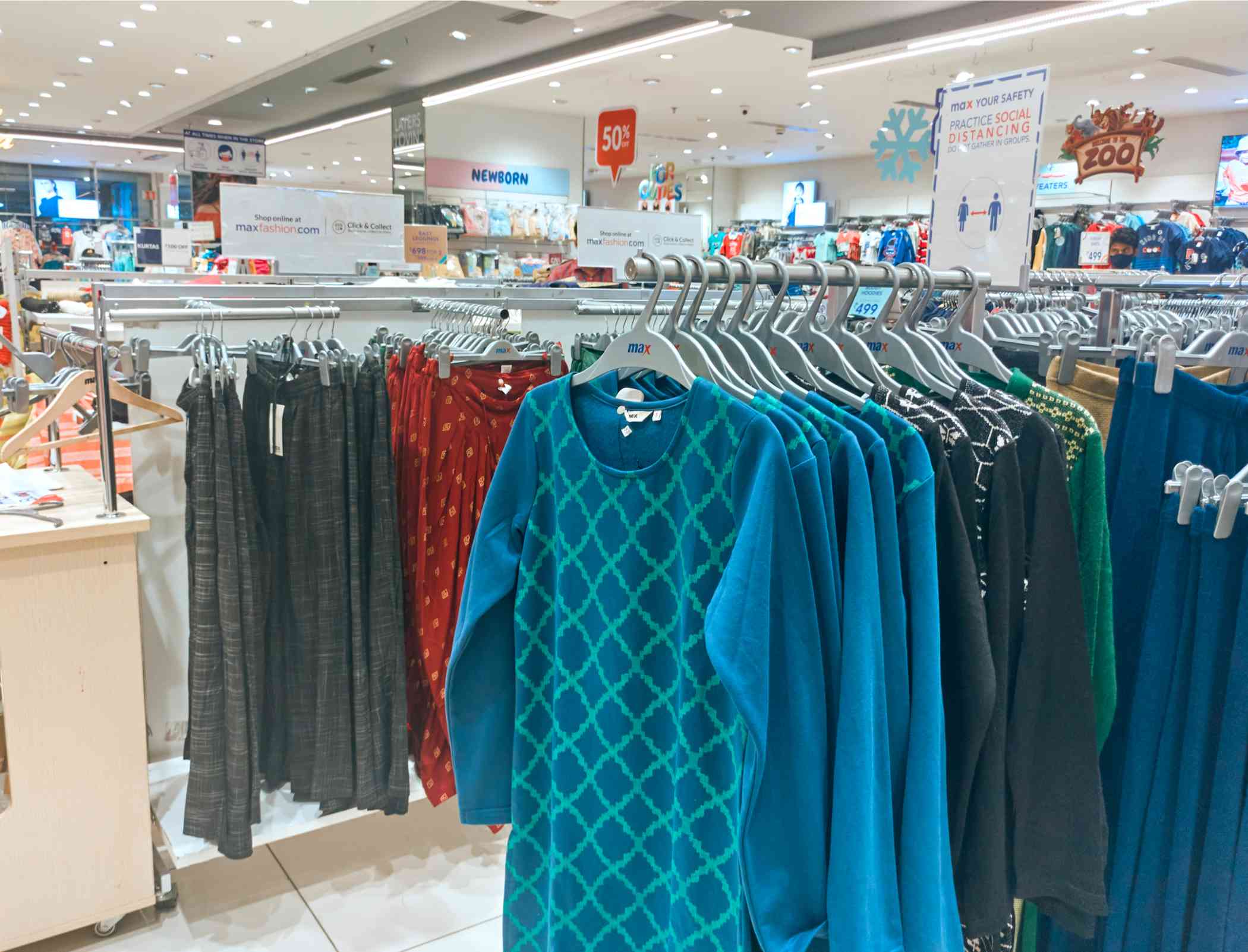The Sustainability Revolution in Fashion Supply Chains



Summary: The fashion industry is taking steps toward a more sustainable future by implementing innovative practices in supply chains. These efforts aim to reduce waste and improve environmental and social impacts.
Consumers and companies can be part of the sustainability revolution in the fashion industry by supporting and implementing sustainable practices. Keep reading to understand how the sustainability revolution is changing the fashion supply chain.
Fashion supply chains have changed significantly in recent decades due to technological advances and shifts in consumer demand. Here are some revolutionary ways in which fashion supply chains have changed for a better future
1. Rapid Globalization
Globalization caused a complex and multifaceted impact on the fashion supply chain, with both positive and negative consequences. It has also impacted the speed at which fashion trends change today.
The increased connectivity and information sharing made possible by globalization have allowed trends to spread faster worldwide, leading to faster innovation in the fashion industry.
With the ability to source materials and labor from anywhere worldwide, fashion companies now have a much wider range of options for producing their products.
The creation of global supply chains that span multiple countries has facilitated the spread of new ideas and technologies in the fashion industry, leading to a faster pace of innovation with sustainability in mind.
2. Use of Technology
Technology has transformed many aspects of the fashion industry, from design and prototyping to production and distribution. Advanced manufacturing techniques such as 3D printing and robotics are used to create custom clothing and reduce waste.
According to Nike's sustainability and business performance report, data analytics to track materials and inventory can help fashion companies minimize overproduction and reduce the number of excess materials in landfills.
Technology is also being used to develop new, eco-friendly materials for the fashion industry. For example, scientists are using 3D printing to create sustainable fabrics and materials that can be used in fashion products.
3. Changes in Consumer Behavior

With more and more consumers becoming aware of the environmental and social impacts of the fashion industry, the demand for sustainable fashion products is skyrocketing. It has led to increased use of eco-friendly materials and more sustainable production methods in the fashion supply chain.
Also, with increased consciousness, the promotion of circular fashion is at its peak. It promotes recycling and reuses in the fashion industry. For example, using machine learning algorithms to sort and classify clothing can make recycling and repurposing used clothing and textiles easier.
Consumers are also becoming more concerned about ethical issues such as fair labor practices. They are increasingly demanding that fashion companies adopt more ethical practices in their supply chains, leading to the use of fair labor standards and ethical sourcing in the fashion industry.
Overall, consumer behavior has positively impacted the fashion supply chain by driving an increase in sustainability, transparency, and ethical practices.
4. Increased Regulation in Production
Increased regulation at the garment production level has transformed fashion supply chains by promoting greater transparency and accountability in the industry. This includes measures such as the implementation of codes of conduct for garment factories, which outline expectations for working conditions, wages, and other labor practices.
Governments and organizations worldwide are implementing regulations and initiatives to encourage more sustainable and ethical practices in the fashion industry. These efforts are helping to drive change and accountability in fashion supply chains.
5. Quality Logistics

The sustainability of quality logistics in the fashion industry is an area of ongoing focus and improvement. While progress has been made in some areas, there is still work to be done to fully integrate sustainable practices into logistics operations across the industry.
Today, unlike traditional practices, the fashion industry includes the use of sustainable materials and packaging in eco-friendly logistics technologies and implements initiatives to reduce waste and improve resource efficiency.
6. Diverse Sourcing
Diverse sourcing resources have helped companies to reduce their reliance on a single source or region for materials and production. With quick shifts in market conditions or disruptions to the supply chain, companies have better resilience and they respond more quickly to changes in demand.
Diverse sourcing resources also helps to mitigate risk. By sourcing materials and products from a variety of locations, companies can reduce their exposure to potential disruptions or challenges in any one region. This can ensure the continuity of supply and protect against the potential negative impacts of geopolitical, economic, or natural events.
Supply Chain Adapts Modern Culture
The sustainability revolution promotes innovation and creativity in the fashion supply chain industry. By accessing a wider range of materials, techniques, and perspectives, today's fashion brands can respond more effectively to changing consumer preferences.
Are you a fashion firm looking to connect with the top textile exporters to support the development and expansion of your apparel business? We, at Fashinza, assist in bridging the gap between manufacturers and streamlining the supply chain processes.
Know more here!

Key Takeaways
- Being able to source materials and labor from anywhere in the world, fashion brands imply the most cost-effective and efficient production methods.
- Diverse sourcing resources have played a key role in bringing about a revolution in the fashion supply chain, helping to increase resilience, reduce risk, and promote innovation and creativity.



















